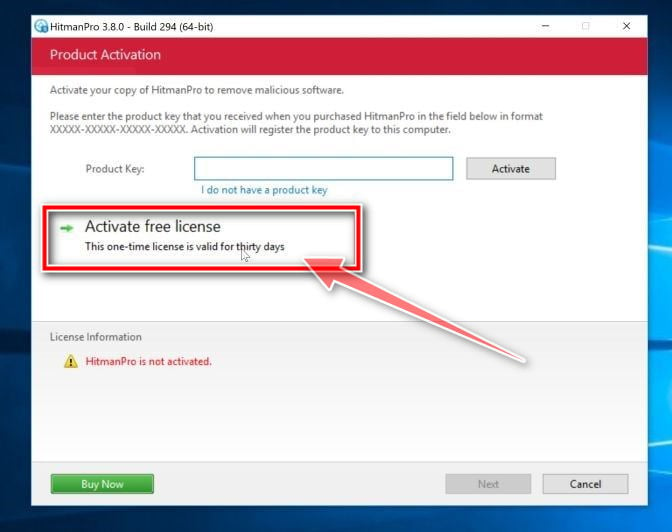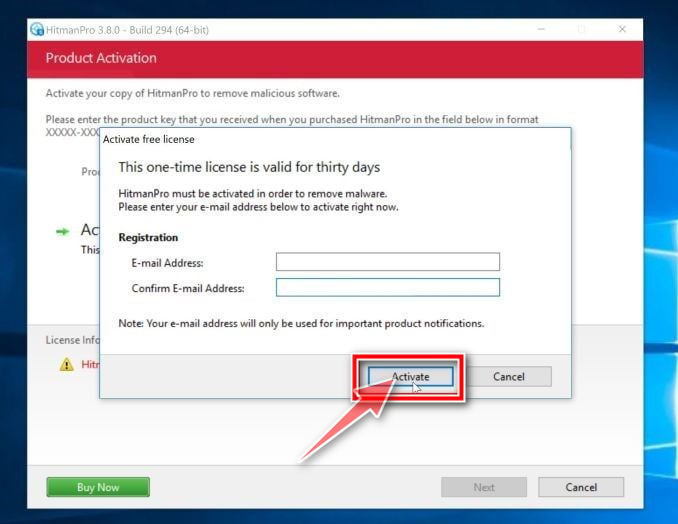If your documents, pictures, or files are encrypted with a [btcdecoding@qq.com].dqb extension, then your computer is infected with the Dharma ransomware.
Dharma is a file-encrypting ransomware, which encrypts the personal documents found on the victim’s computer, then displays a message which offers to decrypt the data if payment in Bitcoin is made. The instructions are placed on the victims desktop in the btcdecoding@qq.com pop-up window or the RETURN FILES.txt text file.
![Remove [Btcdecoding@qq.com].dqb ransomware (Virus Removal Guide) 1 Image: [btcdecoding@qq.com].dqb ransomware virus](https://malwaretips.com/blogs/wp-content/uploads/2019/07/btcdecoding@qq.com_.dqb-ransomware-virus.jpg)
There is no decryption tool available for the [btcdecoding@qq.com].dqb ransomware. However, you can try to search these sites for updates:
This guide was written to help you remove the infection itself from your computer, and if a 100% proven method to recover the encrypted files is found we will update this guide.
We cannot help you recover your files and we can only recommend that you use ShadowExplorer or free file recovery software to restore your documents.
- 1. How did the [btcdecoding@qq.com].dqb ransomware get on my computer?
- 2. What is [btcdecoding@qq.com].dqb ransomware?
- 3. Is my computer infected with [btcdecoding@qq.com].dqb ransomware?
- 4. Is it possible to decrypt files encrypted by [btcdecoding@qq.com].dqb ransomware?
- 5. How to remove the [btcdecoding@qq.com].dqb ransomware (Virus Removal Guide)
- 6. How to prevent your computer from becoming infected by [btcdecoding@qq.com].dqb ransomware
1. How did the [btcdecoding@qq.com].dqb ransomware get on my computer?
The [btcdecoding@qq.com].dqb ransomware is distributed via spam email containing infected attachments or by exploiting vulnerabilities in the operating system and installed software.
Cyber-criminals spam out an email, with forged header information, tricking you into believing that it is from a shipping company like DHL or FedEx. The email tells you that they tried to deliver a package to you, but failed for some reason. Sometimes the emails claim to be notifications of a shipment you have made. Either way, you can’t resist being curious as to what the email is referring to – and open the attached file (or click on a link embedded inside the email). And with that, your computer is infected with the [btcdecoding@qq.com].dqb ransomware.
This ransomware was also observed attacking victims by hacking open Remote Desktop Services (RDP) ports. The attackers scan for the systems running RDP (TCP port 3389) and then attempt to brute force the password for the systems.
2. What is [btcdecoding@qq.com].dqb ransomware?
- Ransomware family: Dharma Ransomware
- Extensions: [btcdecoding@qq.com].dqb
- Ransom note: RETURN FILES.txt
- Ransom: From $500 to $1500 (in Bitcoins)
- Contact: btcdecoding@qq.com
This Dharma ransomware variant restricts access to data by encrypting files with the [btcdecoding@qq.com].dqb extension. It then attempts to extort money from victims by asking for “ransom”, in form of Bitcoin cryptocurrency, in exchange for access to data.
This ransomware targets all versions of Windows including Windows 7, Windows 8.1 and Windows 10. When this ransomware is first installed on a computer it will create a random named executable in the %AppData% or %LocalAppData% folder. This executable will be launched and begin to scan all the drive letters on your computer for data files to encrypt.
Dharma ransomware searches for files with certain file extensions to encrypt. The files it encrypts include important productivity documents and files such as .doc, .docx, .xls, .pdf, among others. When these files are detected, this infection will change the extension to [btcdecoding@qq.com].dqb, so they are no longer able to be opened.
The Dharma ransomware changes the name of each encrypted file to the following format: [btcdecoding@qq.com].dqb.
Files targeted are those commonly found on most PCs today; a list of file extensions for targeted files include:
.sql, .mp4, .7z, .rar, .m4a, .wma, .avi, .wmv, .csv, .d3dbsp, .zip, .sie, .sum, .ibank, .t13, .t12, .qdf, .gdb, .tax, .pkpass, .bc6, .bc7, .bkp, .qic, .bkf, .sidn, .sidd, .mddata, .itl, .itdb, .icxs, .hvpl, .hplg, .hkdb, .mdbackup, .syncdb, .gho, .cas, .svg, .map, .wmo, .itm, .sb, .fos, .mov, .vdf, .ztmp, .sis, .sid, .ncf, .menu, .layout, .dmp, .blob, .esm, .vcf, .vtf, .dazip, .fpk, .mlx, .kf, .iwd, .vpk, .tor, .psk, .rim, .w3x, .fsh, .ntl, .arch00, .lvl, .snx, .cfr, .ff, .vpp_pc, .lrf, .m2, .mcmeta, .vfs0, .mpqge, .kdb, .db0, .dba, .rofl, .hkx, .bar, .upk, .das, .iwi, .litemod, .asset, .forge, .ltx, .bsa, .apk, .re4, .sav, .lbf, .slm, .bik, .epk, .rgss3a, .pak, .big, wallet, .wotreplay, .xxx, .desc, .py, .m3u, .flv, .js, .css, .rb, .png, .jpeg, .txt, .p7c, .p7b, .p12, .pfx, .pem, .crt, .cer, .der, .x3f, .srw, .pef, .ptx, .r3d, .rw2, .rwl, .raw, .raf, .orf, .nrw, .mrwref, .mef, .erf, .kdc, .dcr, .cr2, .crw, .bay, .sr2, .srf, .arw, .3fr, .dng, .jpe, .jpg, .cdr, .indd, .ai, .eps, .pdf, .pdd, .psd, .dbf, .mdf, .wb2, .rtf, .wpd, .dxg, .xf, .dwg, .pst, .accdb, .mdb, .pptm, .pptx, .ppt, .xlk, .xlsb, .xlsm, .xlsx, .xls, .wps, .docm, .docx, .doc, .odb, .odc, .odm, .odp, .ods, .odt
Once your files are encrypted with the [btcdecoding@qq.com].dqb extension, this ransomware will create the RETURN FILES.txt ransom note in each folder that a file has been encrypted and on the Windows desktop.
When the infection has finished scanning your computer it will also delete all of the Shadow Volume Copies that are on the affected computer. It does this so that you cannot use the shadow volume copies to restore your encrypted files.
3. Is my computer infected with [btcdecoding@qq.com].dqb Ransomware?
When Dharma ransomware infects your computer it will scan all the drive letters for targeted file types, encrypt them, and then append the [btcdecoding@qq.com].dqb extension to them. Once these files are encrypted, they will no longer able to be opened by your normal programs. When this ransomware has finished encrypting the victim’s files, it will create a btcdecoding@qq.com pop-up ransom note and RETURN FILES.txt text file which includes instructions on how to recover the files.
This is the message that the btcdecoding@qq.com pop-up window will display:
All FILES ENCRYPTED “RSA1024”
All YOUR FILES HAVE BEEN ENCRYPTED!!! IF YOU WANT TO RESTORE THEM, WRITE US TO THE E-MAIL btcdecoding@qq.com
IN THE LETTER WRITE YOUR ID, YOUR ID
IF YOU ARE NOT ANSWERED, WRITE TO EMAIL: btcdecoding@qq.com
YOUR SECRET KEY WILL BE STORED ON A SERVER 7 DAYS, AFTER 7 DAYS IT MAY BE OVERWRITTEN BY OTHER KEYS, DON’T PULL TIME, WAITING YOUR EMAIL
FREE DECRYPTION FOR PROOF
You can send us up to 1 file for free decryption. The total size of files must be less than 1Mb (non archived), and files should not contain valuable information. (databases,backups, large excel sheets, etc.)
DECRYPTION PROCESS:
When you make sure of decryption possibility transfer the money to our bitcoin wallet. As soon as we receive the money we will send you:
1. Decryption program.
2. Detailed instruction for decryption.
3. And individual keys for decrypting your files.
!WARNING!
Do not rename encrypted files.
Do not try to decrypt your data using third party software, it may cause permanent data loss.
Decryption of your files with the help of third parties may cause increased price (they add their fee to our) or you can become a victim of a scam.
All your data is encrypted!
for return write to mail:
btcdecoding@qq.com or btcdecoding@qq.com
4. Is it possible to decrypt files encrypted with the [btcdecoding@qq.com].dqb ransomware?
No. Unfortunately, it’s not possible to recover the files encrypted by this ransomware because the private key which is needed to unlock the encrypted files is only available through the cybercriminals.
Do not pay any money to recover your files. Even if you were to pay the ransom, there is no guarantee that you will regain access to your files.
If you’ve already paid the ransom, immediately contact your bank and your local authorities. If you paid with a credit card, your bank may be able to block the transaction and return your money.
You can also contact the following government fraud and scam reporting websites:
- In the United States, go to the On Guard Online website.
- In Australia, go to the SCAMwatch website.
- In Canada, go to the Canadian Anti-Fraud Centre.
- In France, go to the Agence nationale de la sécurité des systèmes d’information
- In Germany, go to the Bundesamt für Sicherheit in der Informationstechnik website.
- In Ireland, go to the An Garda Síochána website.
- In New Zealand, go to the Consumer Affairs Scams website.
- In the United Kingdom, go to the Action Fraud website.
If your country or region isn’t listed here, we recommend that you contact your country or region’s federal police or communications authority.
5. How to remove the [btcdecoding@qq.com].dqb ransomware (Virus Removal Guide)
It’s important to understand that by starting the removal process you risk losing your files, as we cannot guarantee that you will be able to recover them. Malwarebytes and HitmanPro can detect and remove this infection, however, these programs cannot recover your documents, pictures, or files. Your files may be permanently compromised when trying to remove this infection or trying to recover the encrypted documents. We cannot be held responsible for losing your files or documents during this removal process.
STEP 1: Use Malwarebytes to remove [btcdecoding@qq.com].dqb ransomware
Malwarebytes is one of the most popular and most used anti-malware software for Windows, and for good reasons. It is able to destroy many types of malware that other software tends to miss, without costing you absolutely nothing. When it comes to cleaning up an infected device, Malwarebytes has always been free and we recommend it as an essential tool in the fight against malware.
The first time you install Malwarebytes, you’re given a free 14-day trial of the premium edition, which includes preventative tools like real-time scanning and specific protection from ransomware. After two weeks, it automatically reverts to the basic free version that will detect and clean up malware infections only when you run a scan. It is important to note that Malwarebytes will run alongside antivirus software without conflicts.
-
Download Malwarebytes.
You can download Malwarebytes by clicking the link below.
MALWAREBYTES DOWNLOAD LINK
(The above link open a new page from where you can download Malwarebytes) -
Double-click on the Malwarebytes setup file.
When Malwarebytes has finished downloading, double-click on the mb3-setup-consumer-x.x.x.KICK.exe file to install Malwarebytes on your PC. In most cases, downloaded files are saved to the Downloads folder.
You may be presented with an User Account Control pop-up asking if you want to allow Malwarebytes to make changes to your device. If this happens, you should click “Yes” to continue with the installation.
-
Follow the on-screen prompts to install Malwarebytes.
When the Malwarebytes installation begins, you will see the Malwarebytes Setup Wizard which will guide you through the installation process. To install Malwarebytes on your PC, click on the “Agree and Install” button.
-
Click on “Scan Now”.
Once installed, Malwarebytes will automatically start and update the antivirus database. To perform a system scan, click on the “Scan Now” button.
-
Wait for the Malwarebytes scan to complete.
Malwarebytes will now start scanning your computer for adware and other malicious programs. This process can take a few minutes, so we suggest you do something else and periodically check on the status of the scan to see when it is finished.
-
Click on “Quarantine Selected”.
When the scan has completed, you will be presented with a screen showing the malware infections that Malwarebytes has detected. To remove the malicious programs that Malwarebytes has found, click on the “Quarantine Selected” button.
-
Reboot your computer.
Malwarebytes will now remove all the malicious files and registry keys that it has found. To complete the malware removal process, Malwarebytes may ask you to restart your computer.
When the malware removal process is complete, you can close Malwarebytes and continue with the rest of the instructions.
STEP 2: Use HitmanPro to scan for malware and unwanted programs
HitmanPro is a second opinion scanner that takes a unique cloud-based approach to malware scanning. HitmanPro scans the behavior of active files and also files in locations where malware normally resides for suspicious activity. If it finds a suspicious file that’s not already known, HitmanPro sends it to their clouds to be scanned by two of the best antivirus engines today, which are Bitdefender and Kaspersky.
Although HitmanPro is shareware and costs $24.95 for 1 year on 1 PC, there is actually no limit in scanning. The limitation only kicks in when there is a need to remove or quarantine detected malware by HitmanPro on your system and by then, you can activate the one time 30 day trial to enable the cleanup.
-
Download HitmanPro.
You can download HitmanPro by clicking the link below.
HITMANPRO DOWNLOAD LINK
(The above link will open a new web page from where you can download HitmanPro) -
Install HitmanPro.
When HitmanPro has finished downloading, double-click on “hitmanpro.exe” (for 32-bit versions of Windows) or “hitmanpro_x64.exe” (for 64-bit versions of Windows) to install this program on your PC. In most cases, downloaded files are saved to the Downloads folder.
You may be presented with an User Account Control pop-up asking if you want to allow HitmanPro to make changes to your device. If this happens, you should click “Yes” to continue with the installation. -
Follow the on-screen prompts.
When HitmanPro starts you will be presented with the start screen as shown below. Click on the “Next” button to perform a system scan.
-
Wait for the HitmanPro scan to complete.
HitmanPro will now begin to scan your computer for malicious programs. This process will take a few minutes.
-
Click on “Next”.
When HitmanPro has finished the scan, it will display a list of all the malware that the program has found. Click on the “Next” button to remove the malicious programs.
-
Click on “Activate free license”.
Click on the “Activate free license” button to begin the free 30 days trial and remove all the malicious files from your PC.
When the process is complete, you can close HitmanPro and continue with the rest of the instructions.
STEP 3: Restore the files encrypted by [btcdecoding@qq.com].dqb ransomware with recovery software
Option 1: Restore your files encrypted by [btcdecoding@qq.com].dqb ransomware with ShadowExplorer
[btcdecoding@qq.com].dqb will attempt to delete all shadow copies when you first start any executable on your computer after becoming infected. Thankfully, the infection is not always able to remove the shadow copies, so you should continue to try restoring your files using this method.- You can download ShadowExplorer from the below link:
SHADOW EXPLORER DOWNLOAD LINK (This link will open a new web page from where you can download “ShadowExplorer”) - Once you have downloaded and installed ShadowExplorer, you can follow the below video guide on how to restore your files while using this program.
Option 2: Restore your files encrypted with the [btcdecoding@qq.com].dqb extension with File Recovery Software
When the files are encrypted with the [btcdecoding@qq.com].dqb, this ransomware first makes a copy of them, encrypts the copy, and then deletes the original. Due to this you can use file recovery software such as:
- Recuva
You can follow the below guide on how to use Recuva:
- EaseUS Data Recovery Wizard Free
- R-Studio
How to prevent your computer from becoming infected by [btcdecoding@qq.com].dqb ransomware
To protect your computer from the [btcdecoding@qq.com].dqb ransomware, you should always have an antivirus installed on your computer and always have a backup for your personal documents. As an extra protection method, you can use programs called HitmanPro.Alert which will prevent any file encrypting malware from running.
Your computer should now be free of the [btcdecoding@qq.com].dqb ransomware infection. If you are still experiencing problems while trying to remove [btcdecoding@qq.com].dqb ransomware from your computer, please do one of the following:
- Run a scan with Emsisoft Emergency Kit
- Ask for help in our Malware Removal Assistance forum.

![Remove [Btcdecoding@qq.com].dqb ransomware (Virus Removal Guide) 2 Double-click on mb3-setup to install Malwarebytes Help](https://malwaretips.com/blogs/wp-content/uploads/2018/06/Malwarebytes-Download.jpg)
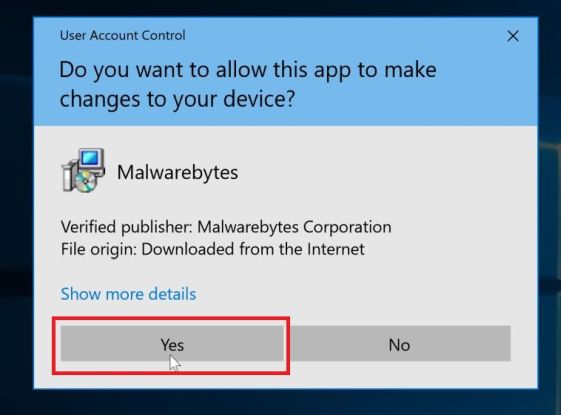
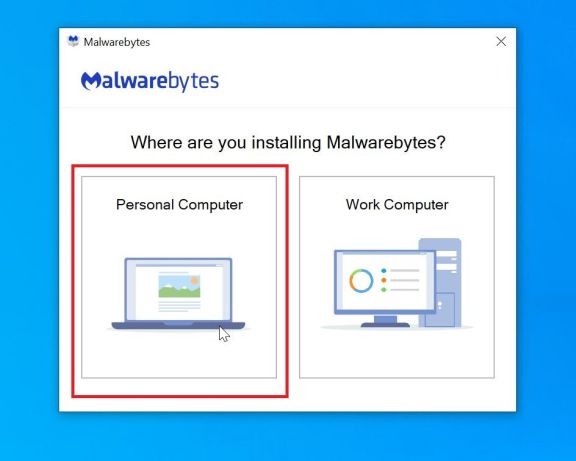
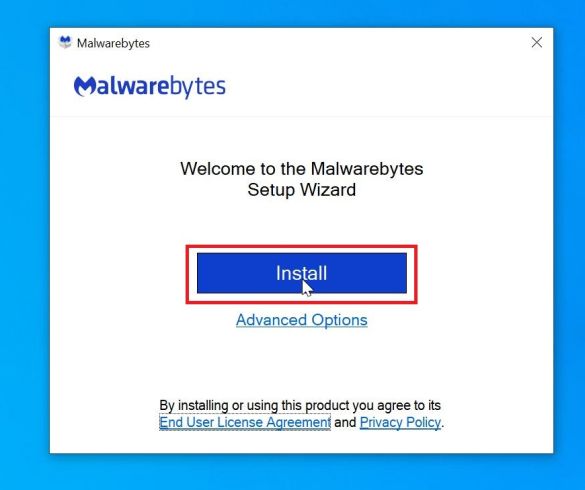
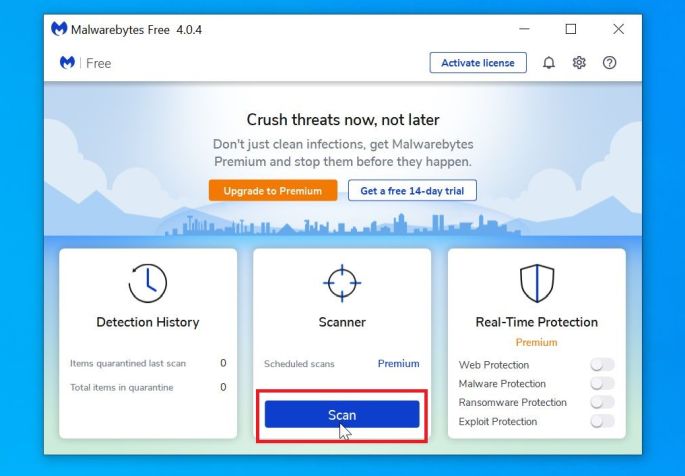
![Malwarebytes scanning PC for malware Malwarebytes scanning PC for [btcdecoding@qq.com].dqb malware](https://malwaretips.com/blogs/wp-content/uploads/2018/06/Malwarebytes-Scan.jpg)
![Click on the Quarantine Selected button to remove malware Click on the Quarantine Selected button to remove [btcdecoding@qq.com].dqb virus](https://malwaretips.com/blogs/wp-content/uploads/2018/06/Malwarebytes-Malware-Detected.jpg)
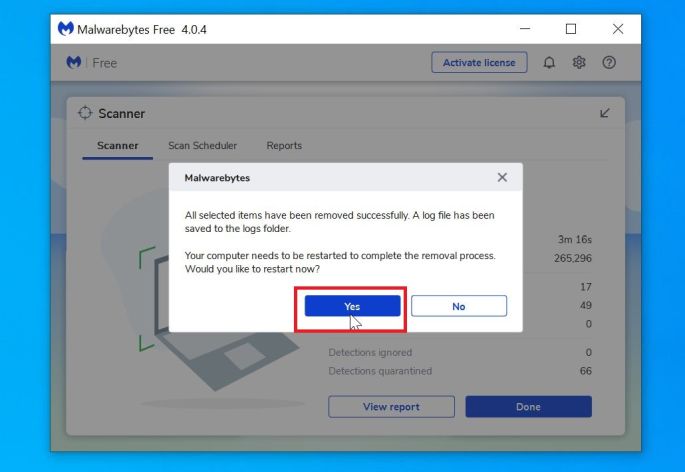
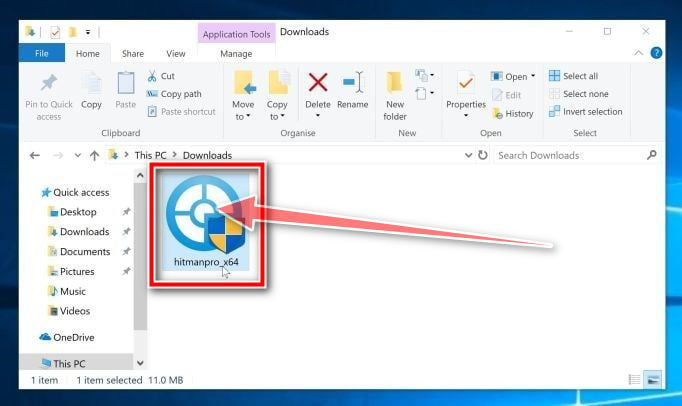
![Remove [Btcdecoding@qq.com].dqb ransomware (Virus Removal Guide) 4 Windows asking for permissions to run the HitmanPro setup file - Help Guide](https://malwaretips.com/blogs/wp-content/uploads/2018/06/HitmanPro-User-Account-Control.jpg)
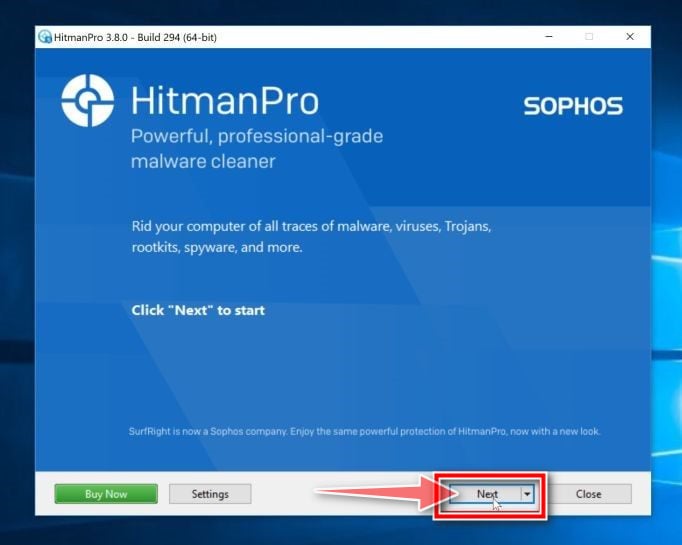
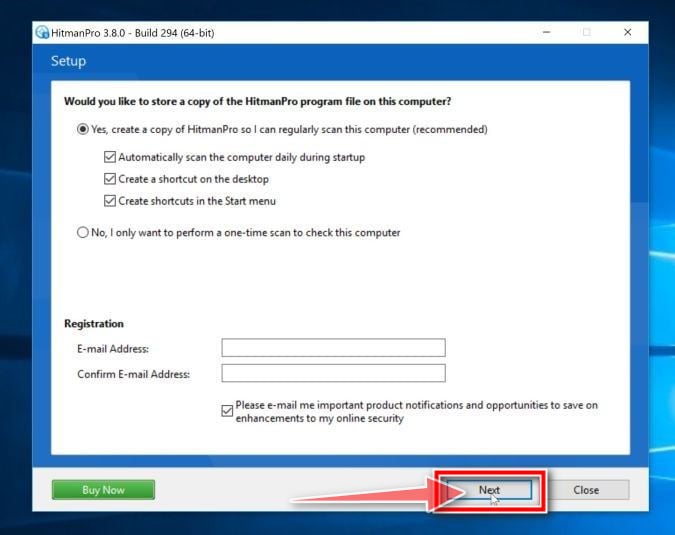
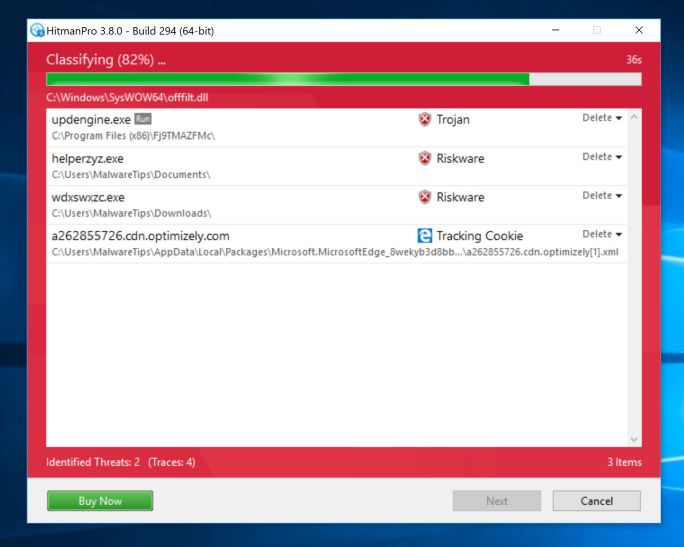
![HitmanPro scan summary. Click Next to remove malware HitmanPro scan summary. Click Next to remove [btcdecoding@qq.com].dqb virus](https://malwaretips.com/blogs/wp-content/uploads/2018/06/HitmanPro-Remove-Malware.jpg)
